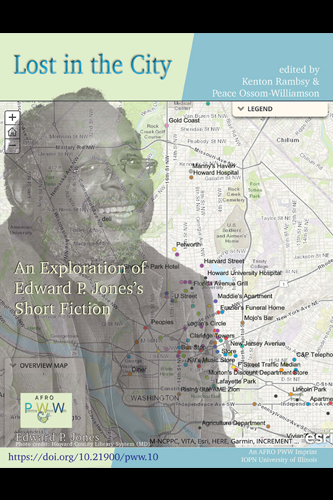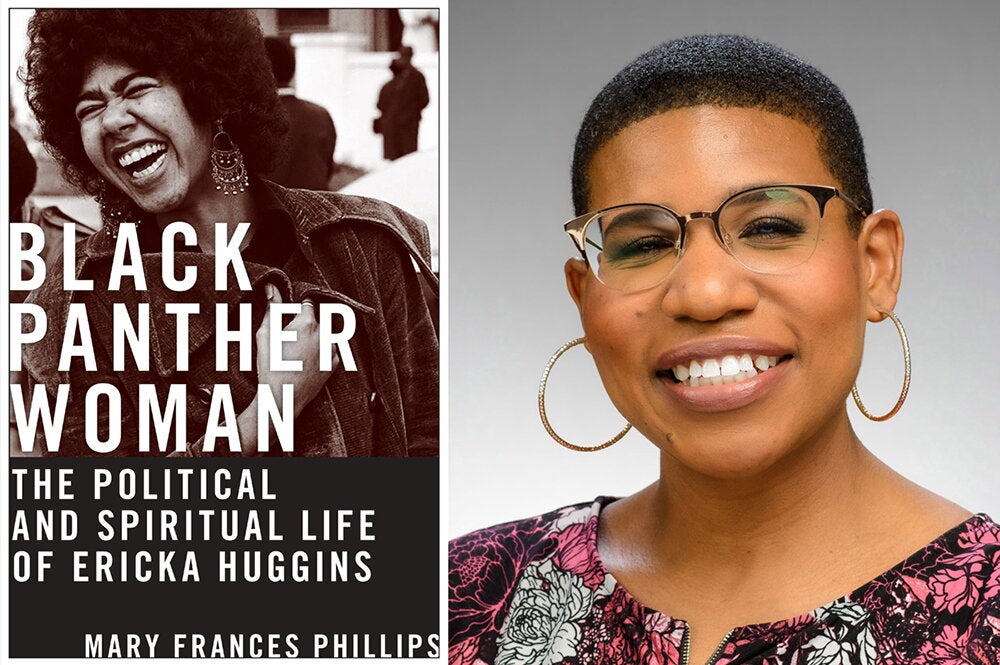

Projects looking at the music of Jay-Z and the impact of place in the short fiction of Edward P. Jones are among the first works from a digital publishing initiative at the University of Illinois. The open-access digital publications incorporate multimedia tools such as interactive visualizations, infographics, maps, and video.
The project – Publishing Without Walls, a four-year, $1 million project involving the University Library, the School of Information Sciences, the Illinois Program for Research in the Humanities, and the Department of African American Studies, and funded by an Andrew W. Mellon Foundation grant – provides various digital publishing platforms. The scholars’ work is published on the Library’s Illinois Open Publishing Network.
“Contemporary scholarly arguments take many forms. A digital environment gives us the flexibility and tools to be able to support many different approaches to communicating scholarship,” said University Librarian John Wilkin, the project’s principal investigator. “The partnership between the Library and African American studies, through PWW, has created exciting opportunities for the Library to grow its services in support of scholars in sharing their work.”
One of the goals through the African American studies involvement in the AFRO PWW initiative is to bridge the digital divide and encourage use of digital formats, particularly through publications from scholars of black studies and at historically black colleges and universities.
“We are trying to interest scholars and community constituents in applying digital tools to the study of black culture,” said Ronald Bailey, the head of African American studies. “We want to develop model projects illustrating how to use multimedia content that will attract larger audiences to use them.”
In February, PWW published “Lost in the City: An Exploration of Edward P. Jones’s Short Fiction” by Kenton Rambsy, a University of Texas, Arlington professor of African American literature, and Peace Ossom-Williamson, a librarian and the director of Research Data Services at the Arlington campus libraries.
Jones, a Pulitzer Prize winner, set his stories in Washington, D.C., using what Rambsy calls “literary geo-tagging” in identifying locations and depicting neighborhoods and cultural landmarks. Rambsy and Ossom-Williamson created a dataset by using text-mining software that traced Jones’ location references, character demographics and dialogue. They displayed the geographic markers for each story, the frequency of mentions of particular locations and the types of locations – homes, churches, schools, public venues – as well as character analysis by gender, illustrating the consequential roles played by women in Jones’ stories.

Essays in the publication discuss how the maps enhance the reading of the stories and such themes as gentrification and displacement, generational conflicts, migrations from the rural South to northern cities and black speech.
“I thought ‘Lost in the City’ was a perfect component to add to AFRO PWW,” said marilyn thomas-houston, the outreach coordinator for AFRO PWW and a professor emeritus of African American studies and visual anthropology at the University of Florida.
“It shows people that e-digital humanities doesn’t have to be quantitative. Digital humanities projects can use nonquantitative digital materials such as timelines and GIS mapping to analyze a wide range of subjects and highlight issues. Rambsy is analyzing how space and location are being used and presented in Jones’ works,” she said.
Rambsy also published “#TheJayZMixtape,” in which he used text mining to look at word choice, similes and sampling used by the rap artist Jay-Z in his 12 solo albums, as well as his collaborations with other artists and producers.
“Describing the extent of interconnectivity of Jay-Z’s music might serve as a model to track interrelated features of black novels, short stories and even poetry. This project serves as a blueprint sketching out ideas about how rap music might be used to chart new territories in literary and digital studies,” Rambsy wrote.
“This is a very popular black artist who has such a wide following, and this is the first book that says, ‘How do we use digital tools to think about his body of work?’ It’s being done by a literary scholar, seeing Jay-Z not just as somebody who entertains but as somebody who thinks deeply about his body of work and how it relates to other black musicians and scholars,” Bailey said. “It’s a cutting-edge example of the kind of work we can bring forward by popularizing the use of such digital tools.”
Two more works are scheduled to be published – an analysis of a Jake Lamar novel about interracial Paris and the experiences of early black expatriate authors, and research on a Langston Hughes book looking at racial attitudes in the Soviet Union and whether that former country’s experience offered useful strategies for fighting racial injustice in the U.S.
Two other works have been published through the PWW project. “iBlack Studies: An Interdisciplinary, Integrative and Interactive Approach,” edited by thomas-houston, is a repository for research relating to black studies, including a new edition of an earlier-published work that included position papers from top black studies scholars and video discussions of strategies for sustaining black studies in the 21st century.
“Constructing Solidarities for a Humane Urbanism” documents a 2017 symposium of the Humanities Without Walls initiative of IPRH. The publication by U of I urban and regional planning professors Faranak Miraftab and Ken Salo and doctoral students looks at social movements for labor and housing justice in Chicago; Cape Town, South Africa; and Mexico City; and the transnational connections of such movements.
The project also includes a research component, using surveys and focus groups to look at how best to meet the publishing needs of scholars.
“It will help us understand the gaps,” Wilkin said. “We can talk about a toolkit of different approaches and use that as a frame to understand their needs.”


